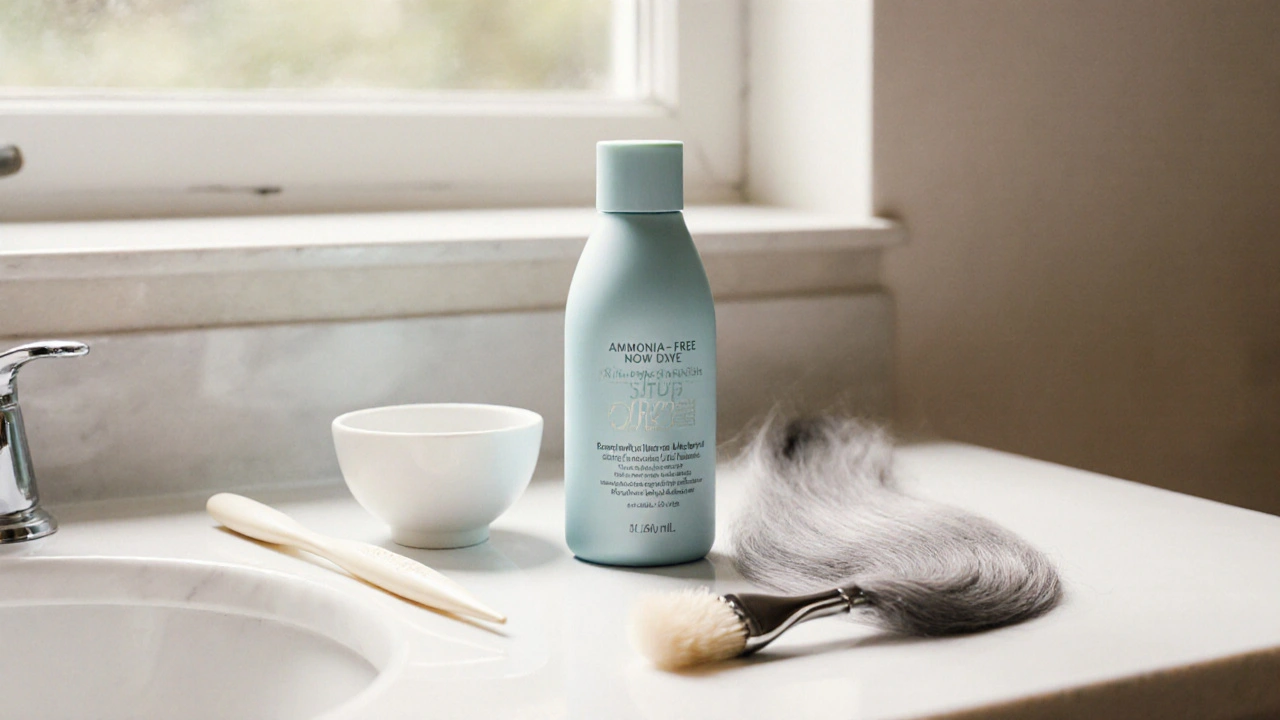When working with low damage hair dye, a type of hair coloring formulated to minimize breakage, dryness, and scalp irritation. Also known as gentle hair color, it lets you switch shades without the harsh side effects of traditional dyes. Ammonia‑free hair dye, a formula that skips the strong chemical scent and reduces cuticle damage is a popular sub‑type, while oil‑based hair color, products that blend pigments with nourishing oils adds extra slip and shine. Pairing any of these with protective hair treatments, deep conditioners or protein masks used before and after coloring creates a safer coloring routine.
Low damage hair dye relies on healthy hair fibers to lock in color evenly. If the cuticle is cracked, pigments leak out and the shade looks uneven. That’s why many stylists recommend a protein‑rich mask a week before you apply any dye. The mask fills microscopic gaps, making the hair shaft smoother and more receptive to pigment. In turn, the dye can sit on the surface longer, delivering richer tones without the need for harsh developers.
Another key factor is scalp condition. An irritated scalp can reject color and cause post‑color itching. Ammonia‑free options often use milder alkalizing agents, which raise the cuticle just enough for pigment entry but stay gentle on the skin. Adding a soothing scalp serum with tea tree or aloe after rinsing helps calm any redness and keeps the pores clear for the next application.
Beyond the chemistry, the technique you use shapes the final look. The balayage method, for example, applies dye in a hand‑painted, graduated style. Because balayage uses less overall product, it naturally reduces chemical exposure, fitting perfectly with a low‑damage philosophy. Meanwhile, a full‑head permanent color can still be low‑damage if you choose a low‑peroxide formula and limit processing time to under 30 minutes.
Choosing the right shade also plays a role. Darker tones often need less lift, meaning the hair isn’t exposed to strong oxidizers. If you’re going lighter, look for a lift‑boosting dye that incorporates conditioning agents like keratin or silk proteins. Those additives protect the hair while still achieving the desired brightness.
Finally, aftercare seals the deal. A weekly deep‑condition routine, plus a sulfate‑free shampoo, preserves the cuticle’s integrity and extends color vibrancy. If you notice fading after a few weeks, a color‑refreshing gloss treatment can revive shine without a full re‑color.
All these pieces—ammonia‑free formulas, oil‑based blends, protective treatments, and smart techniques—form a complete ecosystem around low damage hair dye. Below you’ll find articles that dive deeper into each area, from spotting quality dye brands to step‑by‑step guides on gentle application. Explore the collection to find the exact tips you need for a healthier, more vibrant hair color experience.

Learn safe methods to color grey hair without causing hair loss, from choosing low‑damage dyes to after‑care routines and professional tips.